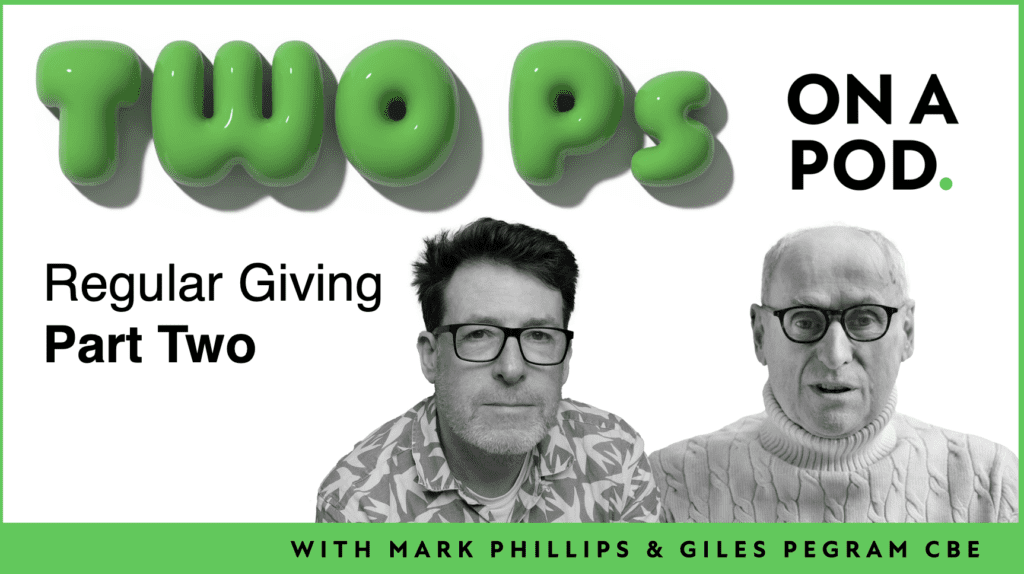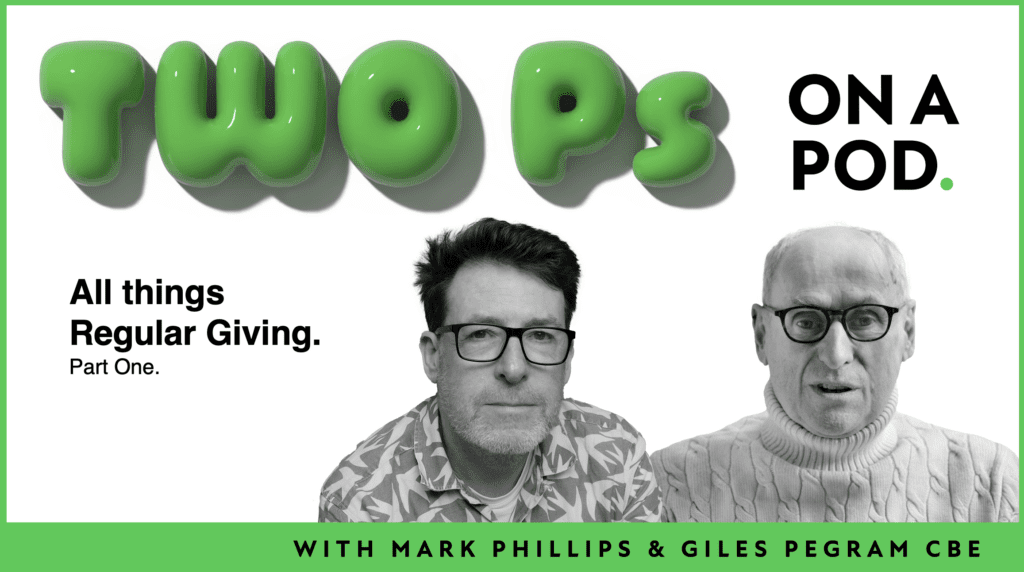Do you suffer from fundraising myopia?
Kimberley of Kimberley's Comments put up a post last week that got me thinking. She recounts a story of traveling in India. Hot and thirsty, she stopped for a drink of pomegranate juice.
Fast forward to a freezing cold day in Canada and the thoughts of the sweltering August day come flooding back. Kimberley is soon to be found sitting at the kitchen table carefully extracting pomegranate seeds one by one. She carefully squeezes the seeds and re-creates the taste of last summer.
Her husband (who is a chef) thinks she's wasting her time and recommends she puts the fruit through a juicer. But the taste wasn't the same. The bitter skin made it undrinkable.
Patience, determination and detail beat speed and mechanisation to create a sweeter, more satisfying product.
Kimberley points out that applying the same values to our fundraising can make the experience of giving far more satisfying for our donors.
I have to agree with her. But there was something else I took from her story.
And it relates to one of the basics of successful marketing.
It comes from a paper called Marketing Myopia, published by Theodore Levitt back in the 1960s.
In it, he looks at industries that died because they failed to adapt in the face of new technology. The most famous example is the American railway system which declined, as Levitt argues, because they defined their business too narrowly – from the perspective of trains and not from their customer's perspective of efficient, fast and comfortable transport. Road and air vehicles ended up taking most of their business.
In Levitt's words, the rail bosses were product oriented instead of customer oriented.
The other analogy that explains this concept is related to drills. If a customer buys a 10mm drill bit, what he or she actually wants is a 10mm hole.
But that analysis isn't really deep enough. Most people want a hole so they can join wood or metal. So the drill bit manufacturer is actually in the business of sticking things together. Suddenly his competitors are no longer just drill bit manufacturers. They are also companies that make adhesives, welding equipment, staples, clamps and perhaps one day, laser guns.
When I read her blog, I saw that Kimberley's focus had been on getting the liquid into a glass. If she had looked at just drinking pomegranate juice, she might have tackled the problem of extracting it in a completely different way.
And it's the same when we look at fundraising. When someone gives to a charity, what are they actually doing? What are they 'buying'?
The web has spawned many new charities that are growing at a tremedous rate at a time when other established organisations are struggling. Non-profits like DonorsChoose, Kiva and Charity:Water are bringing donors much closer to the people they are helping. As a result, they are putting traditional charities to shame.
The people who set these charities up are not experienced fundraisers. But they seem to have an innate understanding of what donors want and have used the web to supply it. Their success has perhaps been down to the fact that they haven't looked at traditional charity models and copied them. They have looked at supplying what donors want – inspiration, self-affirming feedback and evidence of what has been achieved in a way that works.
The big traditional charities will have to increase their focus on donors needs if they are to continue to compete. But whilst they slowly move into a new way of working, the smaller charities like I CAN, Child's i and BullyingUK will lead the way and reap the rewards on engaging in work that really is donor oriented.
And if you are interested in the way I eat pomegranates, I've made a short video to show you how to do it. No juicers, knives or sophisticated fruit mashing equipment is required (thanks to Peter for the tip).
Tags In
The Essentials

Crack the Code to Regular Giving: Insights, Strategies, and a Special Giveaway!

‘Tis Halloween. Keep to the light and beware the Four Fundraisers of the Apocalypse!

Why do people give? The Donor Participation Project with Louis Diez.

A guide to fundraising on the back of a postcard

What does the latest research tell us about the state of fundraising?





